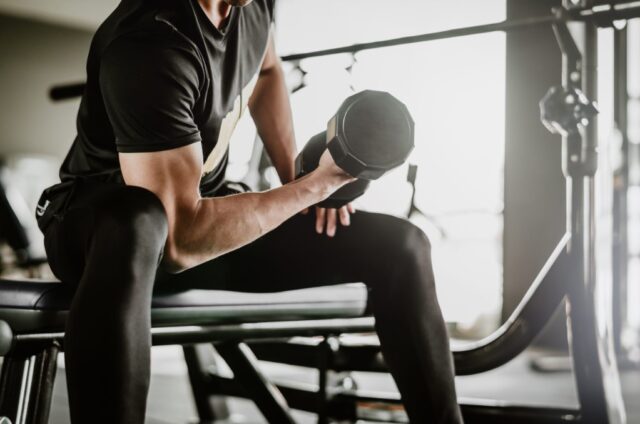
Selecting a suitable athletic fabric is crucial for a comfortable workout. Look for moisture-wicking materials like polyester or nylon to keep you dry. Fabrics with spandex provide flexibility and ease of movement.
Cotton, though comfortable, can retain sweat. Consider the activity type and climate to ensure the fabric enhances performance and comfort during your exercise routine.
Understanding the Importance of Athletic Fabric
When enhancing your workout performance, your athletic fabric can make a significant difference. The suitable fabric can improve your comfort, aid in temperature regulation, and wick away moisture, making your workouts more enjoyable and effective.
Companies invest heavily in research to develop fabrics that optimize these factors. Whether you’re an avid runner, a yoga enthusiast, or a casual gym-goer, the type of sportswear fabric you choose directly impacts your performance and overall comfort. Fabrics used for workout gear generally fall into natural and synthetic categories. Knowing which type to choose depends on your specific activity and personal preferences.
For instance, high-intensity workouts require fabrics with superior moisture-wicking properties, whereas milder exercise routines may prioritize comfort and breathability.
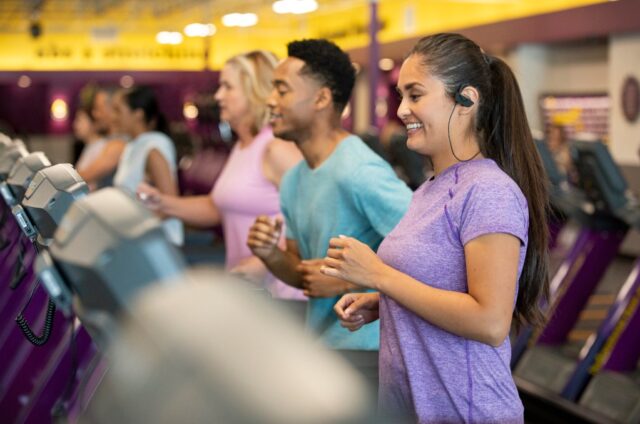
Types of Athletic Fabrics
- Cotton ─ It’s soft and breathable, which makes it perfect for low-intensity exercises. Cotton absorbs sweat quickly, which may not be optimal for high-intensity exercises but provides comfort during less demanding activities like walking or light stretching. While it doesn’t have moisture-wicking capabilities, its natural comfort makes it a popular choice for casual wear.
- Polyester ─ Well-known for its resilience and capacity to wick away moisture, polyester is ideal for vigorous exercises. Its synthetic fibers are designed to repel moisture, ensuring sweat is quickly evaporated. Polyester is quick-drying and resists shrinking and wrinkling, making it a popular choice for many athletic garments. Often, polyester is used with other materials to improve its usefulness.
- Nylon ─ Provides excellent moisture management and is often used in high-performance workout gear. Nylon is also lightweight and resistant to abrasions, which makes it ideal for outdoor and rugged sports activities. Its strength ensures it can withstand multiple washes without losing shape or functionality.
- Spandex ─ Offers elasticity and a full range of motion, perfect for activities that require flexibility, such as yoga or pilates. It blends well with other fabrics to give workout clothes that necessary stretch and recovery feature, ensuring they maintain their shape while providing freedom of movement. Spandex’s ability to expand up to five times its original length ensures that garments remain snug yet flexible, adapting to your body’s movements.
Moisture Management and Breathability
Dryness during workouts is crucial for comfort and skin irritation. Breathable fabrics like polyester and nylon effectively wick away sweat, enhancing performance. This is especially important for high-intensity or long-duration workouts.
Clothing that regulates body temperature keeping you cool when hot and warm when cold, prevents overheating, and maximizes workout efficiency and comfort.
Durability and Longevity
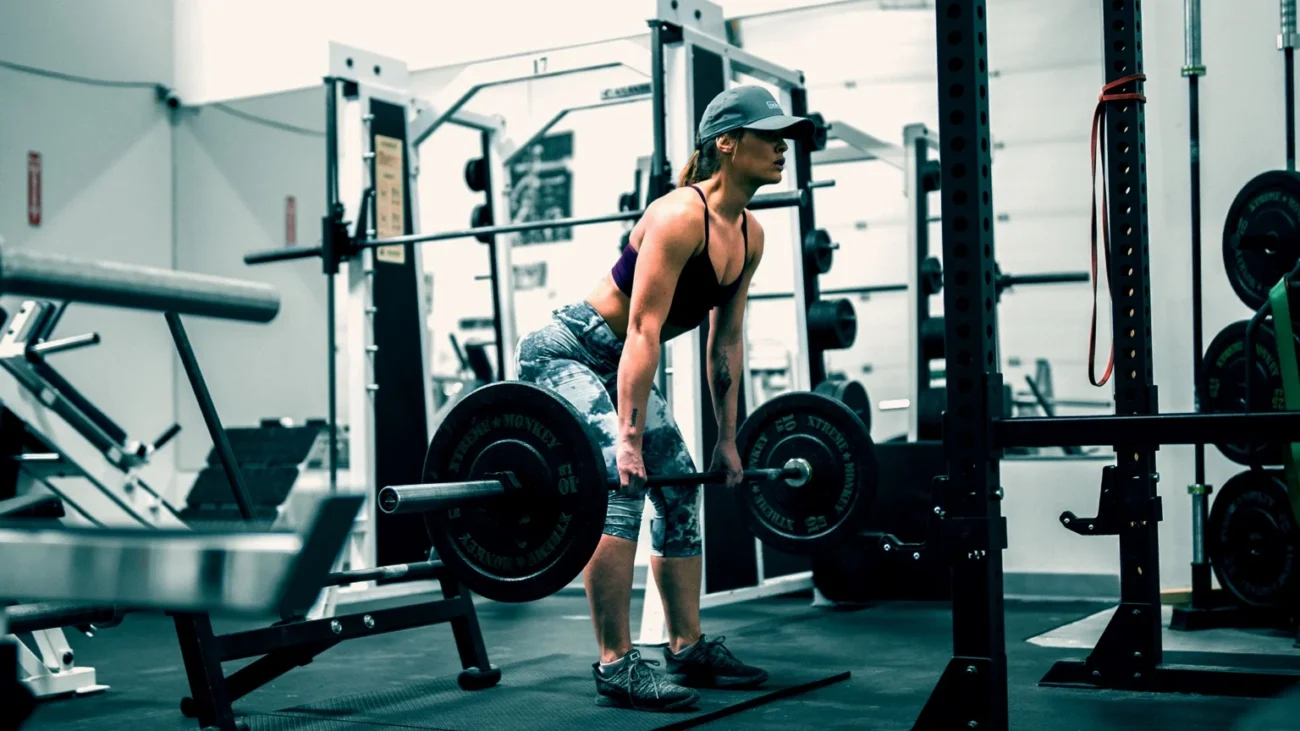
Athletic wear often undergoes intense physical activities and frequent washing. Polyester and nylon are well-known for being strong and resilient to deterioration. The longevity of these fabrics makes them ideal for heavy use, particularly in high-impact sports.
A study from Runtastic highlights that durable fabrics maintain their shape and color longer and provide sustained support and comfort throughout their lifespan. This durability means you won’t have to replace your workout clothes as often, making a higher initial investment in quality sportswear more cost-effective in the long run.
Investing in durable fabrics ensures that your athletic wear continues to perform at its best, providing consistent support, comfort, and protection throughout your fitness journey.
Flexibility and Support
Fabrics with a high spandex content are advised for exercises like yoga and pilates that need a lot of flexibility. Spandex offers optimal flexibility and provides the necessary support for dynamic movements.
This elasticity ensures that your clothes move with you, preventing any restriction in your range of motion. Additionally, the supportive attributes of spandex help reduce muscle fatigue during intense workout sessions by providing just the right amount of compression, promoting better blood circulation and muscle recovery.
This flexibility and support combine to create a well-balanced combination that improves your comfort and performance by enabling a broad range of motion and offering stability when needed.
Temperature Regulation
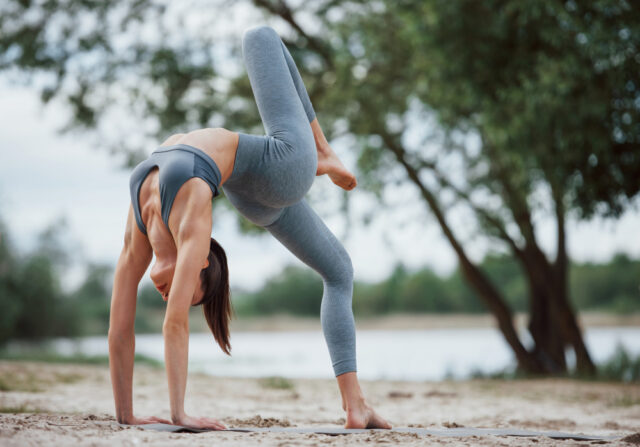
Temperature regulation is crucial when choosing fabrics for workouts. Natural fabrics like cotton are breathable but less effective at moisture-wicking. The breathability and moisture-wicking qualities of synthetic mixes help you stay warm in colder weather and cool in hotter weather.
Wearing suitable fabric can prevent overheating during a run or keep your muscles warm and flexible in cold environments. Balancing these factors ensures a consistent workout routine, regardless of external conditions.
Sustainability Considerations
Ethical manufacturing practices and minimal environmental impact are making sustainable materials increasingly favored. Examples of these materials are organic cotton and recycled polyester. Brands prioritizing sustainability can create an eco-friendly wardrobe without compromising performance or comfort.
A rising number of firms are now offering sportswear produced from recycled or sustainably sourced materials, demonstrating their knowledge of and responsibility for the effects of global warming on the environment. This shift towards sustainability in sportswear is a significant step towards a more sustainable future.
Cost vs. Performance
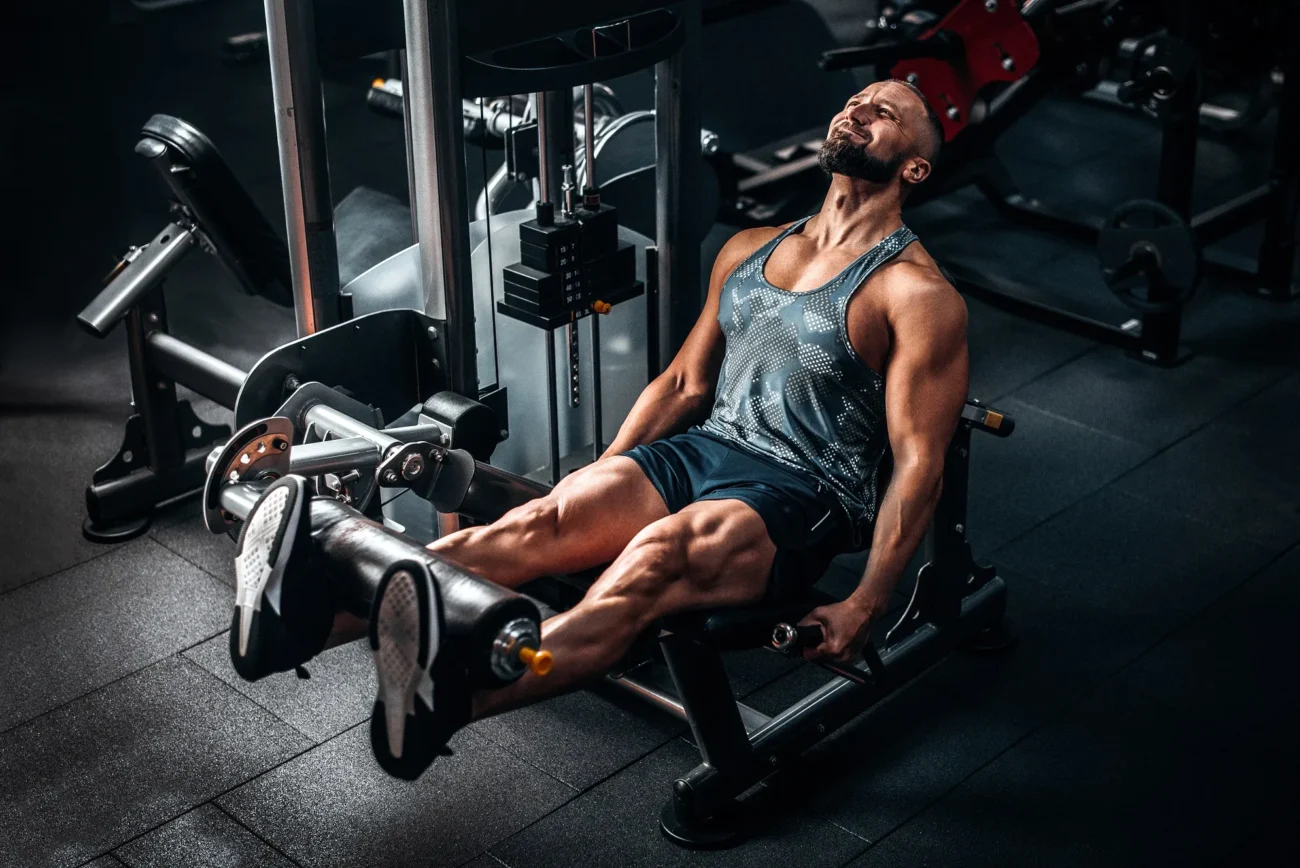
While high-quality athletic fabrics may come with a higher price tag, the investment often pays off in terms of performance and longevity. More affordable options may be suitable for beginners or infrequent exercisers but offer different comfort and durability.
Balancing cost and performance is essential; sometimes, spending more upfront can save you money in the long run by avoiding frequent replacements or upgrades. High-quality fabrics often resist pilling, fading, and stretching out of shape, retaining their integrity through countless washes and workouts.
Making an informed choice about where to invest can ensure that your athletic wear remains functional and comfortable for a long time, giving you consistent performance and value.
Conclusion
Choosing the appropriate athletic fabric for your workout routine enhances performance and comfort. Factors like moisture management, durability, flexibility, and sustainability must be considered. Investing time in understanding fabric options and selecting the best one for your workout needs will result in long-term satisfaction and support for your fitness goals. This thoughtful approach ensures you have the right gear to enhance your overall exercise experience.







